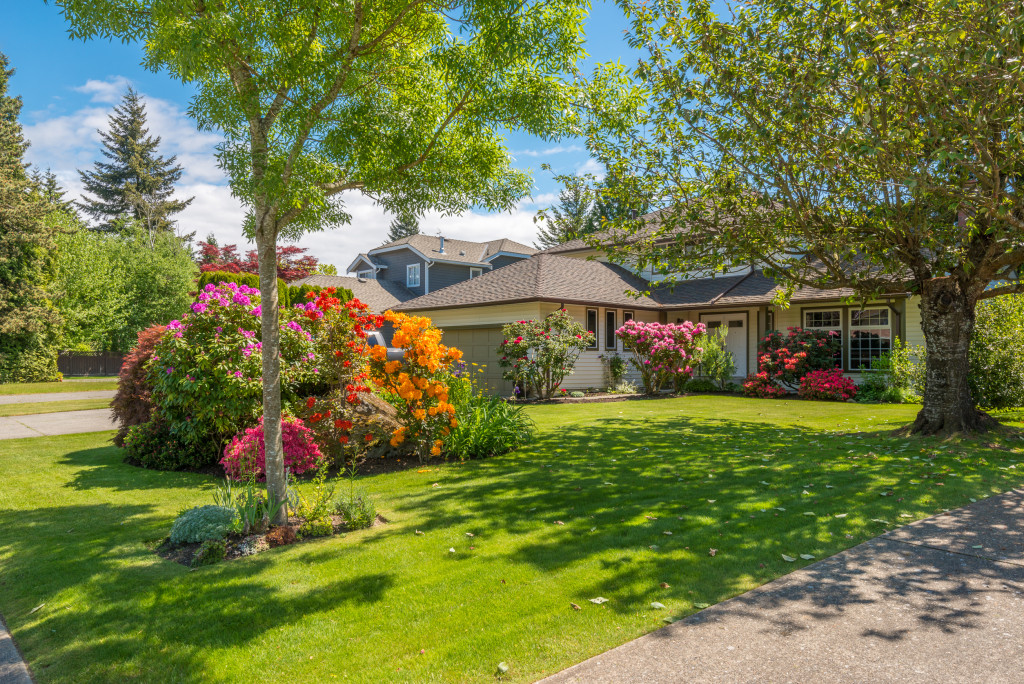Creating a lovely garden outside your property turns it into a beautiful abode where inspiration meets reality to promote a good perspective on life. You’ve most likely spent countless hours caring for your lawn to obtain the ideal appearance that allows you to unwind and relax.
So, when it’s time to relocate, the sheer thought of leaving behind the stunning results of your gardening work will undoubtedly make you feel worried and depressed. In such a situation, you might wish to try your garden in your new home.
Transplanting
Transferring your plants might seem like an easy job, but sometimes, you can damage the plants with how you handle them. That’s why it’s essential to research the things you need to know before moving your garden. There are factors and steps you need to follow to prevent damage to your lovely garden.

Season
If you can choose the time, day, and season when you will transfer your garden, then avoid doing so in the summer because it will not only let the plants dry, but the moisture of the soil will evaporate quickly. More so, moving plants during the winter is a big no-no because plants will have a hard time adapting to their new environment.
Transportation
Before you begin transporting your plants, it’s crucial to have your pots, buckets, and plots ready in their relocation area. It should be labeled to prevent confusion, and you should already dig out the soil. If there is a shortage of buckets and pots, you can place them in plastics, provided it is moist.
It would help if you also watered the plants the night before transportation to be well-hydrated before moving. Plants also need acclimatization to prevent trauma. Withering stems and other parts also need trimming. By doing these steps the right way, you will feel secure that your plants can reach their destination safely.
Digging
Digging up plants is simple. All you have to remember is not to hurt their roots. To properly dig it up, avoid touching the base and make sure to cultivate around the area. For best results, it’s good to research the proper drip line of your plants. It is the line where the base of the roots drips down to the soil. According to experts, digging should be six inches deep to prevent premature pulling of the plants. There should be a presence of ground in the base of the plants to serve as protection.
Replanting
After digging up your plants, replanting them as soon as possible helps maintain their health. The longer that the plant is out, the longer for it to set. It would help if you watered first the holes that your plants will go.
Since your plants will be living in their new home, creatures in the area will be adapting to their presence. That’s why you must protect your greens from these unwanted guests by using a commercial aluminum fence. These are high-grade barriers that will drive rodents far away from your new garden. It will also help to distinguish your garden from the sidewalk.
Aesthetic
There are many things to be done before relocating your garden. Of course, all of us want the new backyard to be as aesthetically appealing as its predecessor. It’s best to prepare all the necessary details before transferring your plants. Designing a layout plan for your garden can make your job easy. Many professionals can help you do this labor if you feel like you don’t have the skill.
Continuous Care
For the first several weeks, check on the plant regularly. Transplants might need some constant watering. Depending on the season and the plant, you might have to irrigate twice a day until the growth establishes. The more moisture, the bigger the plants will grow. Check the soil a few centimeters below the ground for dryness to see whether further water is required. If the plant begins to wilt, water it right away.
Having a garden can relieve your stress. It is challenging to cultivate in such a way that you should treat it as your child. Plants are so sensitive to external environments. With such a slight deviation from its environment, it can make or break the growth of your garden. By understanding the needs of your specific plant, you will have an easy time letting the plants grow.
Relocating your plants, yard supplies, lawn furniture, landscaping equipment, and garden structures will be a difficult chore, particularly if you are relocating a considerable distance. But, as everyone knows, you can always find a way if you want it.

